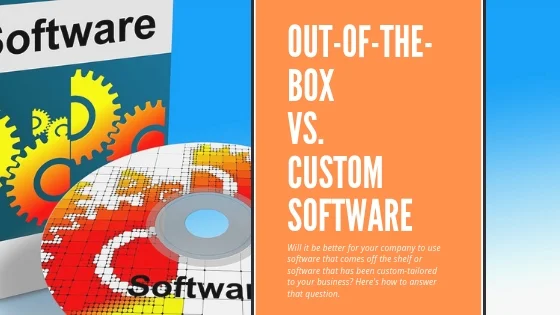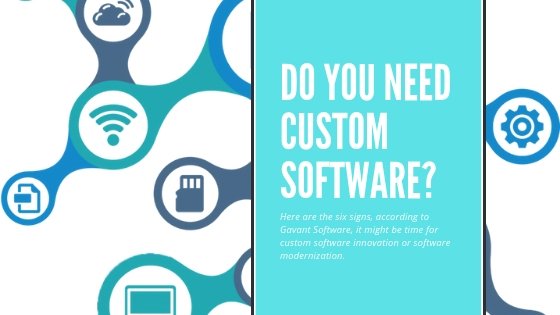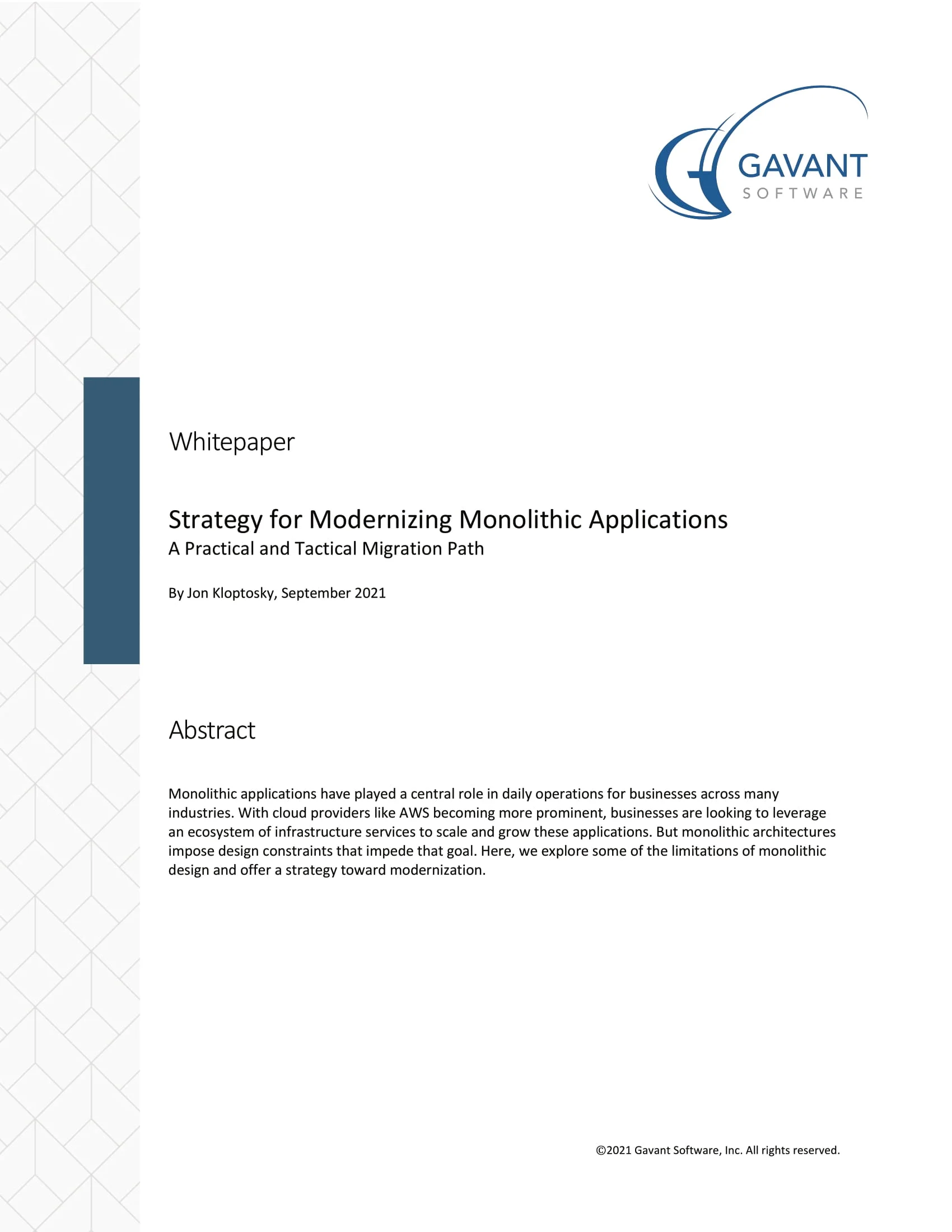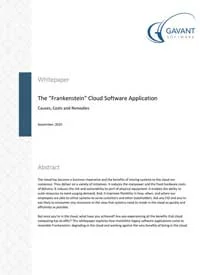
The Importance of Modernizing Legacy Systems
Many great organizations have legacy systems at their core. They have pieces of software, applications and IT solutions that are still widely used and fundamental to the overall running of the enterprise, but which are outdated and, in some cases, no longer even supported by the original vendor or software developer.
Legacy System Challenges
While running legacy systems might not seem like that big a deal (after all, if something’s not broke, don’t fix it, right?) they do present a set of unique challenges and potential issues, which it would be remiss of organizations to ignore.
Here are some of the problems associated with legacy systems:
- They are inefficient
- They are often unstable
- They are usually expensive to maintain
- They pose a significant security risk
- They are unable to produce intuitive reports
- They are often incompatible with new technologies
- They limit an organization’s ability to flex in line with changing business practices
- They can create a single point of failure i.e. not everyone knows how to use them.
In short, outdated legacy systems are at best a nuisance and at worst can undermine an organization’s entire IT security strategy, significantly hindering productivity. Moreover, the longer a company waits to modernize a legacy system, the more difficult it becomes make the change.
But system modernization is nearly always a pre-requisite for digital transformation. Without it, most organizations will be unable to realize the full benefits of modern technologies and solutions (because they still have one foot stuck in the past).
So why, even when faced with this reality, are so many organizations reluctant to modernize their legacy systems and mitigate the potential risks they are being exposed to?
The first reason is because of the investment(s) that companies have made in their legacy systems. All that time and money spent over the years keeping their existing system functional and relevant would be wasted if it was simply replaced.
Then there are the knock-on effects of modernizing legacy systems; the unforeseen issues that often result in the plug being pulled on a modernization drive for fear of the repercussions.
Legacy System Benefits
But modernize you must! Otherwise you could be impacted (either as a one-off or ongoing) by all or any of the issues associated with legacy systems we have mentioned above.
Now, consider these benefits of modernizing your legacy systems:
1. Improved security (risk mitigation)
There is a reason why software companies frequently release patches and updates for their products. Most of the time it is to address an identified vulnerability and plug it to prevent a security breach.
By modernizing legacy systems, enterprises can improve their IT security and maintain it by benefitting from vendor updates and patches into the future.
2. Improved system performance & business user productivity
Over the years, most legacy systems become slower and slower, consuming more resources yet not affording anything in the way of improved performance. This is not only frustrating for business users, but actually hinders their productivity (which in turn impacts the overall organization).
Modern systems and solutions, including legacy systems that have been modernized, are designed to provide maximum performance, without depleting computing resources in the process.
3. Allows new features to be added
You shouldn’t have to adapt your business processes to fit a legacy system. If anything, the opposite should happen! But legacy systems aren’t exactly known for accommodating new features and changes.
With modernization, even a legacy system can have new features added, affording more functionality and a better experience for your business users.
4. Frees up your IT resources
Your IT resources are a valuable asset to your organization. Their time is best spent driving your company’s digital transformation strategy forward and supporting your business users, not fire-fighting issues associated with legacy systems that are no longer supported by 3rd party vendors.
The fact is, modernized legacy systems require less input from your IT resources, enabling them to concentrate on the tasks that add real value to your business.
A Different Approach To System Modernization
Forward-thinking organizations understand that doing nothing with their legacy systems is simply not an option. Being competitive requires modernization. Fortunately, the rip out and replace approach to system modernization is no longer the only option on the table.
For example, here at Gavant, we can modernize a system in one of three ways:
- By creating an enhanced user interface (UI)
- By rearchitecting your software for a modern streamlined user experience (UX)
- By building integration points so the system may interact with others.




 Strategy for Modernizing Monolithic Applications
Strategy for Modernizing Monolithic Applications
 The "Frankenstein" Cloud Software Application
The "Frankenstein" Cloud Software Application
 A Guide to Custom Software Development
A Guide to Custom Software Development